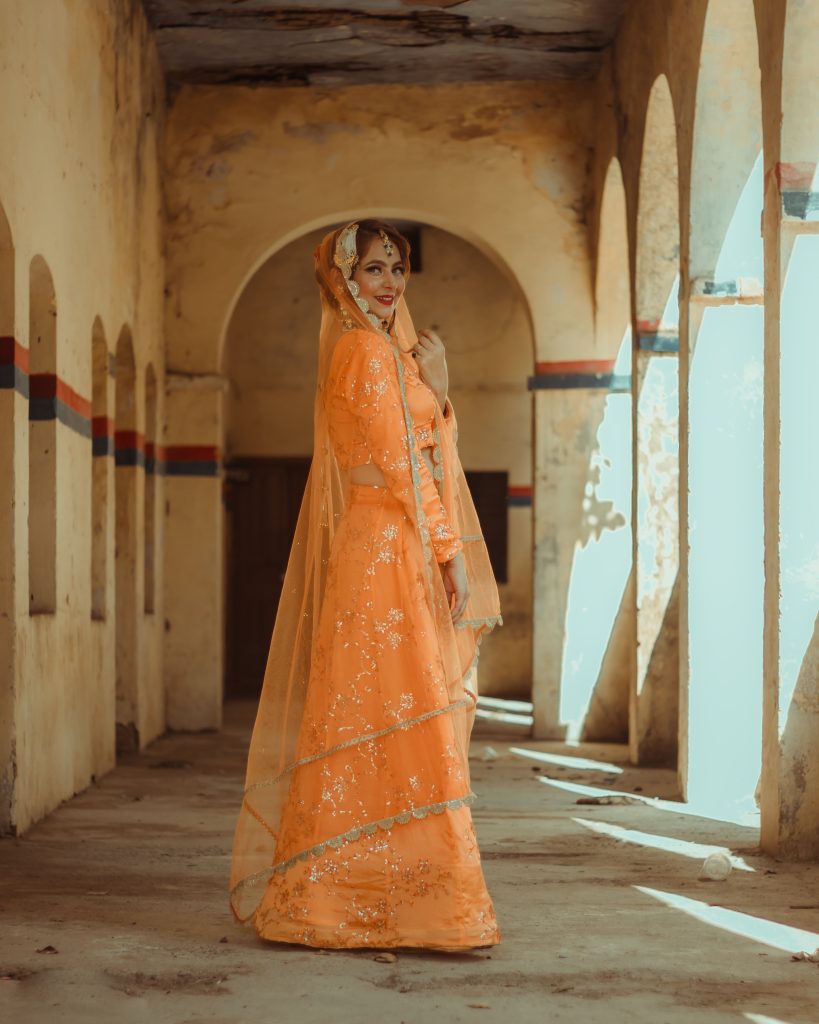
During my studies for my Masters degree on Indian cinema I have come across a few issues with the country’s film industry. The emergence of powerful global campaigns for equality in recent years have strengthened movements against age-old discrimination. In Indian cinema in particular, the casting process for many Bollywood films is prone to neglecting diversity and having questionable requirements for the actors performing in the films, most commonly the desire for lighter-skinned Indians who are viewed as more ‘sellable’.
‘Brownfacing’ in Indian culture has been apparent for many years, even dating back to the depictions of deities as light-skinned, and lower caste people depicted as very dark-skinned, in order to enforce a skin colour hierarchy as part of tradition. As with many problems in India’s recent past, the British colonial rule played a part in perpetuating this discrimination as the white rulers put themselves at the top of the hierarchy,fitting in with the colourist Indian traditions. Even after Independence and when the caste rules were relaxed, it only really applied to the upper and middle castes; the lower castes were still discriminated against and kept in their place.
As Indian film took off in the twentieth century, the issue of discrimination between castes naturally leaked into the film industry, influencing the casting of actors and the characters they portrayed. Often, a director would hire light-skinned actors for every role, and then adapt their appearance to suit the roles they were playing, leading to colourist and insensitive portrayals of lower caste citizens. Unfortunately, this custom is still very much prevalent in Indian cinema today, with one such example being Bala directed by Amar Kaushik and released last year. Part of the plot explores the issue of dark-skinned discrimination in Indian society, with the character Latika being teased for her skin colour. Furthermore, the film attempts to tackle the idealisation of ‘fair skin’, with the main character Bala progressing from selling skin fairness products to realising that beauty is more than simply appearance. The irony is that the actress who plays Latika, Bhumi Pednekar, is actually a fair skinned actress in brownface, acting as the ultimate contradiction and hypocrisy of the film’s entire message. A tweet by @OffColourInc presents the irony in one of the film posters, as shown here.
Indian Cinema is the third largest film industry in the world, and with such a large reach one would hope that it would be used to celebrate such a diverse country, rather than uphold archaic, racist values. Nandita Das, an actor and producer, has been working hard to combat the discrimination in Indian cinema, culminating in the launch of the campaign ‘India’s Got Colour’ towards the end of last year. The campaign aims to deconstruct racist traditions within Indian society as a whole, and Das’ film background gives the campaign plenty of media awareness. Many films have recently faced backlash for brownfacing and upholding colourist views. Hopefully, campaigns such as India’s Got Colour will be able to raise further awareness of this discrimination which is particularly represented in cinema. Film can be such an impactful medium; let’s hope that a turning point is coming where it can be used to celebrate such a diverse country rather than discriminate.
Sources
- Tom Brooks, ‘Does India have a problem with skin colour?’, BBC News Online, (2nd January 2020), <https://www.bbc.co.uk/news/av/entertainment-arts-50866537> [Accessed 3rd October 2020]
- Manali S. Deshpande, History of the Indian Caste System and its Impact on India Today, (California: California Polytechnic State University, Autumn 2010)
- Off Colour Inc, <https://twitter.com/OffColourInc/status/1182623523577192448?s=20> [Accessed 4th October 2020]
